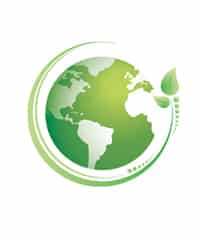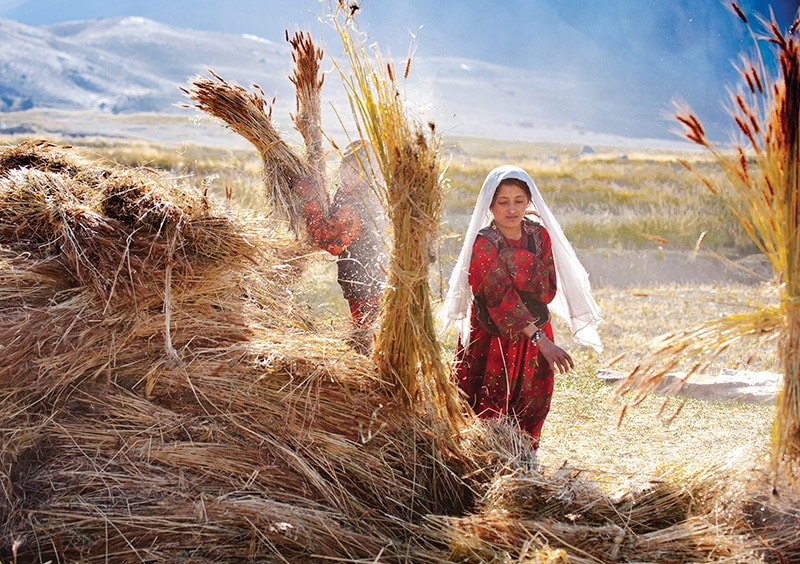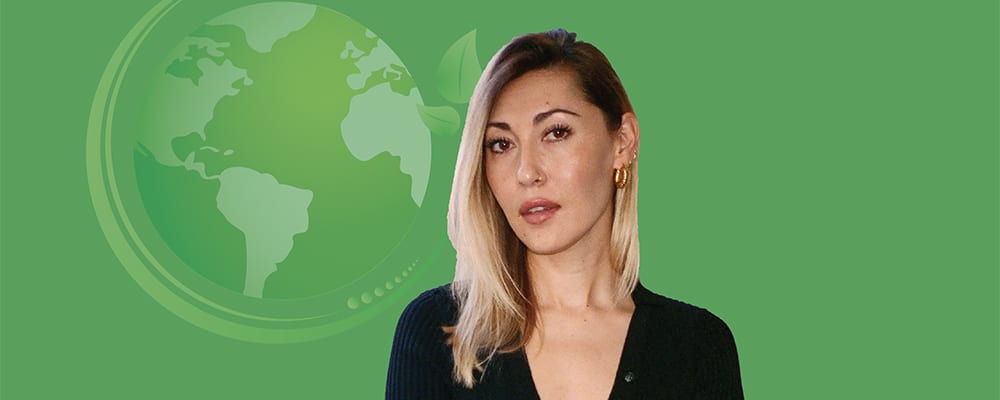Connecting a passion for beauty to CAI’s mission
By Alice Thomas
Fara Homidi, a renowned makeup artist and budding entrepreneur, demonstrates through her giving that beauty is more than skin deep.
Fara Homidi is a successful makeup artist whose high-profile clients include Bella Hadid, Naomi Campbell, and Billie Eilish. She’s also on the verge of launching her own line of cosmetics. But while Fara has enjoyed so much opportunity and freedom in the United States, she’s never forgotten about the people who are still struggling in her country of birth—Afghanistan.
In the years following the 1979 Soviet invasion of Afghanistan, Fara’s father—a chemist, professor of agriculture, and businessman—became a target. “It came to a point that it was very dangerous for people of any influence,” she explained.
Fara’s parents panicked when they heard about Soviet soldiers knocking on doors of prominent families and killing businessmen.
They knew they needed to escape to save their lives. In the middle of night, they fled with their three small children across the border to Pakistan, leaving everything they owned behind.
Fara’s parents dreamed of coming to the United States to raise their children, but they had no means to get there. Then her father had the idea of contacting a visiting professor he had studied with at Kabul University back in 1966 named Dr. Jerry Nielson. Dr. Nielson, along with his wife LaVonne and their local church in Bozeman, Montana, had helped Fara’s father pay for his eye surgery. Not knowing the Nielson’s address, he simply put “Dr. Jerry Nielsen, Bozeman, MT” on the envelope. Remarkably, because Bozeman was such a small town back then, the letter reached its addressee.
Jerry and LaVonne didn’t hesitate in agreeing to help the Homidis come to America. “The Nielsens welcomed our entire family with so much love and generosity,” Fara recalled, fighting back tears of emotion. “That started our journey in the U.S.”
With the support of the Nielsens and their local church, the Homidis settled into their new life in America. Eventually, the family moved from Bozeman to Fremont, California, where there was a small community of Afghans. Fara’s father went back to school, and her mother went to cosmetology school, eventually opening her own salon.

“I believe a single human can make a huge difference. I believe in the magical powers of women and think they will persevere.”
After her beauty career takes off, Fara decides to give back
Fara grew up in her mother’s salon in California, working there every weekend and reading fashion magazines like Vogue. “That’s when my love for beauty began,” she said. “I knew I wanted to get into that business.” After working at a make-up counter in her local mall as a teenager, Fara moved to Los Angeles to work for a cosmetics company. She later went to New York City to pursue her career as a makeup artist.
After years of hard work, Fara began to catch the attention of fashion magazines and fashion designers who wanted to use her for their shows. Her client list gradually came to include supermodels and some of the hottest names in Hollywood.
Fara is now busy planning the launch of her own brand of cosmetics, finding inspiration from old photographs of her parents in Afghanistan before the Soviet invasion and the rise of the Taliban. “Kabul was so forward, such a modern city, so rich in art and beauty, and women had so much liberty,” she explained. “My mother always had an eye for design and beautiful things. … Now I see how stifling it is for women—also men—but more so for women.”
Fara is aware of how the generosity of others freed her from that stifling life, and that led her to become a CAI donor. “Had we not left Afghanistan, had we not known the Nielsens, what opportunities would I have had compared to what they are now?” she asked. “If I can give back in a small way, that would be something.
“Being here, being able to get educated, start my business, I know that would have been an uphill battle in Afghanistan,” she continued. “I think with CAI, the girls who are dying to have this education, who want to learn, want to become businesswomen—through CAI, some of that could be possible.”
Combining girls’ education and the future of the planet
Fara’s desire to help Afghan women and girls has continued to grow. She recently decided to commit to donating a percentage of the proceeds of her new makeup business to CAI. “I’m putting everything into this brand,” she said. “I have faith it will do well. Having that faith, I know that the better I do, the more I can give. If I was going deep down into my own pocket, I couldn’t give nearly as much.”
Fara is making her donations to CAI through 1% for the Planet, an organization that advises environmentally conscious businesses on how to make the biggest impact with their financial contributions and links them to nonprofits whose work advances environmental stewardship and combats climate change.
In 2022, CAI was approved to participate in the 1% for the Planet network. While CAI is not a typical environmental nonprofit organization, there is substantial evidence of the enormous role educated women play in a healthier planet. For example, women make up more than 50% of the world’s farmers, and when these women farmers are educated, they are able to use improved agricultural practices. Educated women also tend to spread out their pregnancies and have fewer children, which helps keep the developing world’s exploding population growth in check. Women have an incredibly important role to play in our planet’s future, but they can’t make these contributions unless they are educated.
With all that has happened in Afghanistan over the past year since the Taliban regained control, Fara often worries about the country’s future. But she also has reason for hope, which motivates her to continue to contribute. “I believe where there is a will, there is a way,” she said. “I believe a single human can make a huge difference. I believe in the magical powers of women and think they will persevere.”
(For more information on how to contribute proceeds from your business to CAI via the 1% for the Planet network, see www.onepercentfortheplanet.org.)







